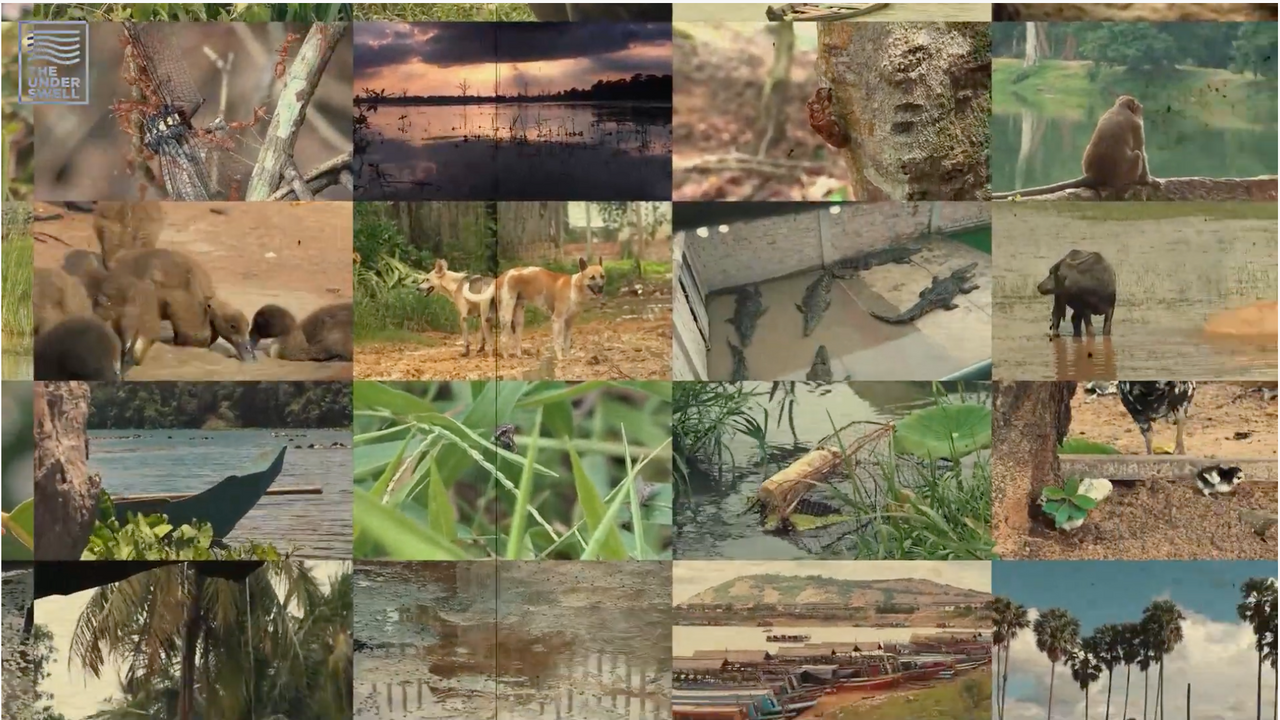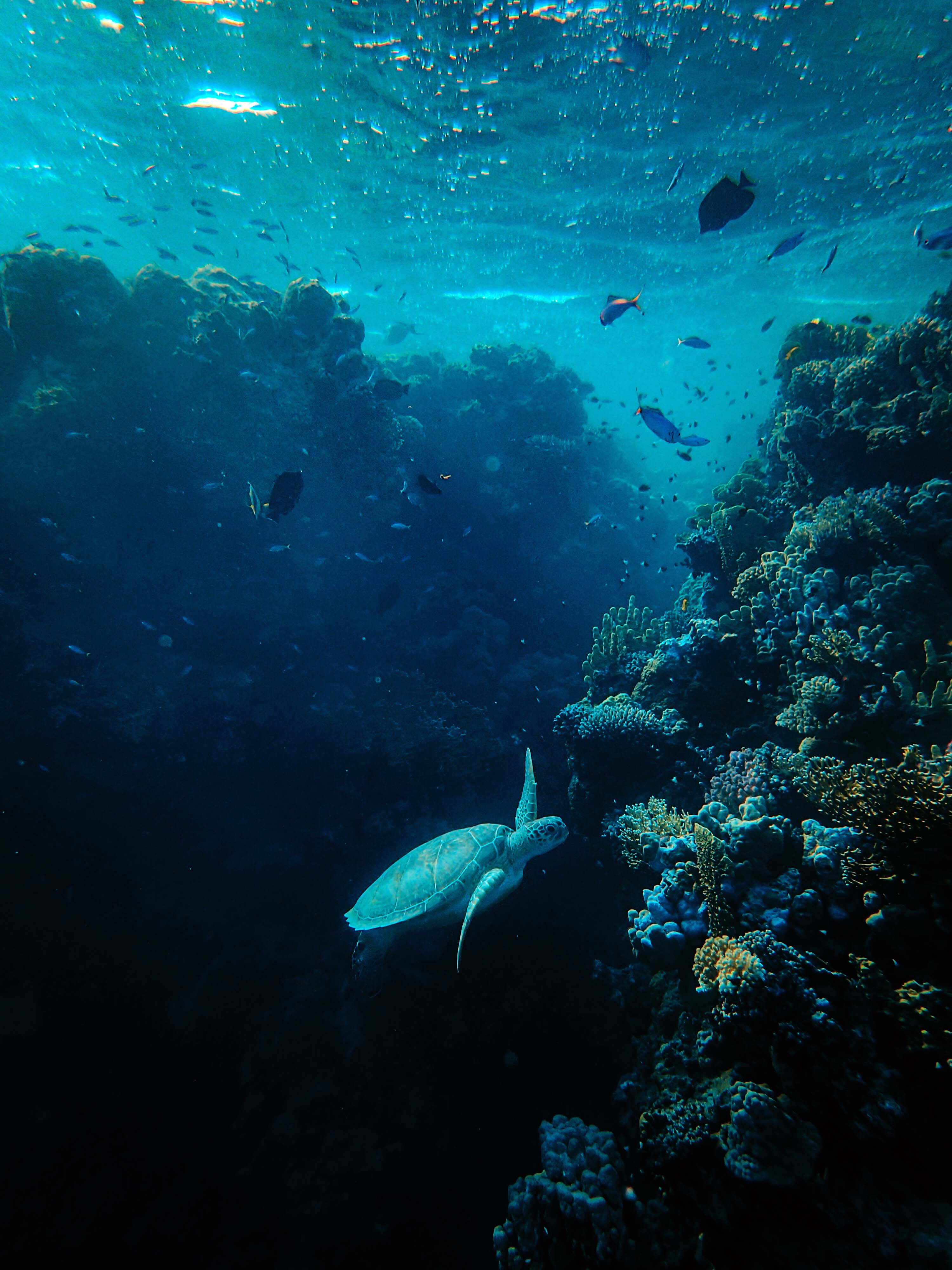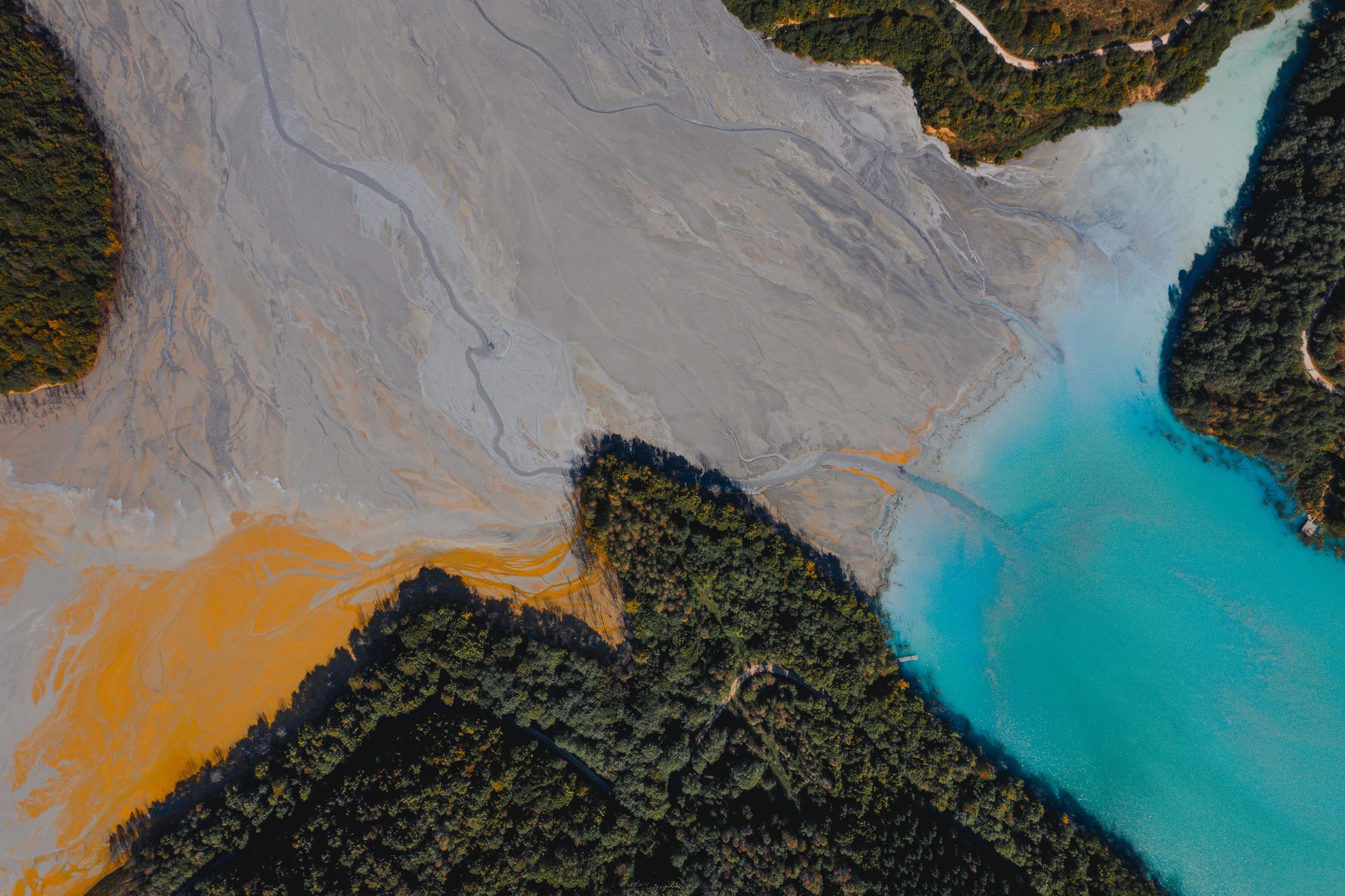Biodiversity & The Apparel Industry
Aug 03, 2022
Picture this - you’re walking around your favorite outdoor spot. Maybe it’s your go-to National Park, your favorite beach, or your regular hiking trail. You see the birds, insects, animals, plants, and maybe other people enjoying the space and reaping its benefits. But why? What’s the driving force that brings all these things together? All of these places have one thing in common - natural capital.
All the benefits (yes, even beauty, recreation, relaxation…) we get from natural capital are called ecosystem services, but there’s still something even larger that ties these two concepts to humans and all life around us…
Let’s go back to our imaginary outdoor space. This time, under a different scenario - you don’t hear the birds calling anymore, there are no animals in the water and surrounding area, the plants have all turned to brittle brush, and suddenly your favorite spot doesn’t seem so familiar. What happened? We lost biodiversity.
We often discuss the apparel industry (and we’re going to mention it below), but we also want to highlight biodiversity as one of our most pressing environmental concerns, overall (not just in apparel).
If you prefer to watch instead of reading, check out Derek’s YouTube video to learn more about biodiversity. Prefer reading? Let’s keep going to learn more!
Biodiversity refers to the variety of life in any given ecosystem and how it all works together to maintain balance within an ecosystem. The more diversity, the stronger the system. So, what might happen if this balance becomes… unbalanced? This is the current threat that faces us, and perhaps unsurprisingly, everything is connected to biodiversity.

When considering threats to biodiversity there are a few key culprits: soil degradation, eutrophication and other forms of water pollution, air pollution, and deforestation. We could take each one of these individually and expand upon them, but to save everyone some time, I’ll truncate it to this - our greatest impacts happen furthest back in our supply network. Brands, we’re looking at you!
At the raw material stage, information is often murky but we know this phase is resource-heavy. Take conventional cotton for example. We need a lot of land to grow it, huge amounts of water to yield a hearty crop, pesticides to keep insects away, and of course labor. Let’s look at the impacts:
- Tending that land and repeated use in a monocrop setting can lead to soil degradation
- New land must be cleared to create new farm space, causing a loss in environment
- Chemicals in the pesticides contaminate the water supply, air quality, and health of the workers
- Wastewater ends up in waterways, sometimes in oceans, spreading those pesticides to new environments (remember eutrophication?)

Brands have been struggling for years to account for their impacts on biodiversity, but like a lot of data in sustainable apparel, it’s hard to measure and get an accurate result (in fact, accounting for biodiversity is notoriously hard to do!). Yet, it remains in our crosshairs.
The 2020 Spotlight Issue in Global Fashion Agenda’s resourceful CEO Agenda was… you guessed it: biodiversity, stating “Not only does all economic activity depend on services provided by nature2 but the fashion industry's increasing demand and utilization of energy, land, water and natural resources results in grave loss of ecosystems and species as well as microfibre pollution to name a few. Biodiversity, along with the conservation and restoration of nature should therefore urgently be taken into account for the industry moving forward.”
While this is great to state, no one has developed a strong action plan to address biodiversity and the apparel industry. The good news is, this gives us some room to brainstorm.
One approach being utilized and developed is natural capital accounting. This would allow brands and other organizations to measure our usage of natural capital and some of the impacts that would occur from using these resources by putting a monetary value on their use. While this would be a good method to measure, it doesn’t address how we can limit our impacts nor what we can do to remediate our impacts. It’s also not without controversy.
Have you seen anything in the news relating to biodiversity or natural capital accounting? What are your thoughts/ideas on this? Can you tie this concept to your brand and work? Leave your comments below or head over to our LinkedIn Group to share.
The apparel industry has only recently started addressing biodiversity, and we’re cautiously eager to see how brands’ sustainability initiatives plan on taking it into account. There is no doubt that every sector will have to focus on biodiversity as a major impact area. It’s at the heart of all business, after all. With this attention, we’re sure to see the development of novel technology and business practices. We look forward to seeing the progress that will be made and we’re calling on all apparel brands to challenge themselves to address biodiversity. In any case, we’re here to help.
Thank you for joining me and until next time,
McKenzie
#sustainability #biodiversity #climatechange #sustainablefashion
